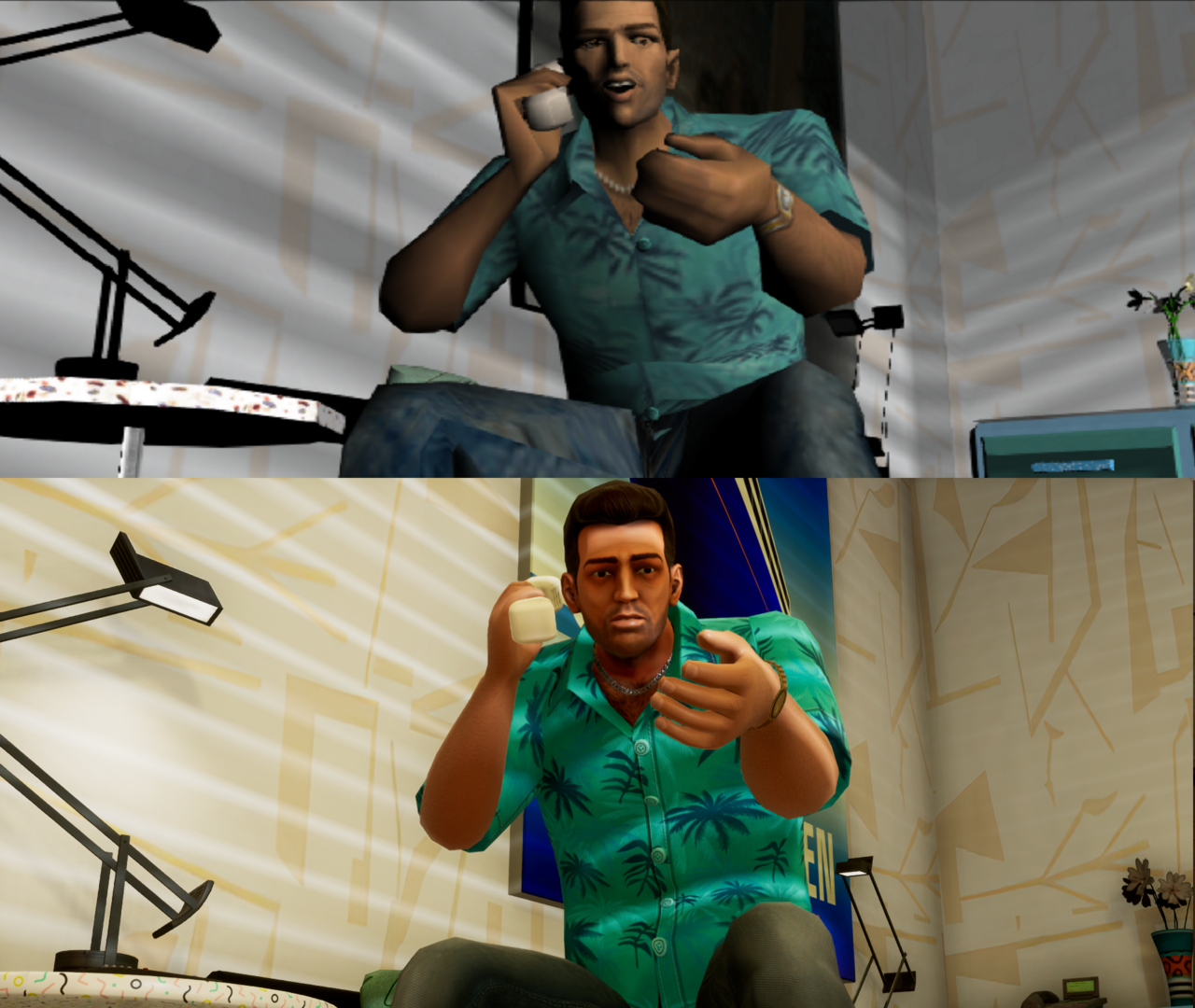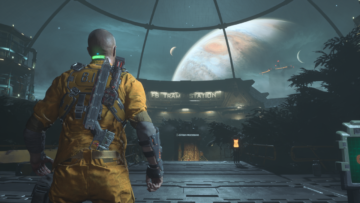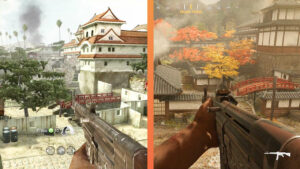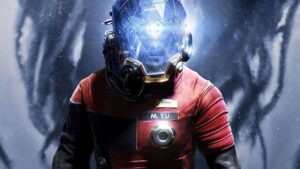There is a strong argument to be made that Grand Theft Auto III, Vice City, and San Andreas are the three most influential games of the 21st century. You can see their DNA floating around just about every open-world title made since and pretty much anyone making in-engine cutscenes owes a debt to Rockstar going fully Hollywood early on. There is an entire generation whose only exposure to various genres of music come from the soundtracks of these three games. Naturally, parts of them have aged better than others, but in the context of the early-to-mid 2000s, these games broke serious ground.
These are all facts set in stone by this point, of course. But it’s worth seeing it all written down one more time so it’s abundantly clear just how utterly bewildering it is that Rockstar let GTA III, Vice City, and San Andreas get as absolutely mangled as they have been with these so-called Definitive Editions. Somehow, the studio that was so meticulous about making sure the poop leaving the back end of a horse was as lovingly rendered as a cowboy’s sickly, grizzled face has approved a remaster bearing its name that turns its most iconic games into app store shovelware.
That isn’t hyperbole, either. Having played virtually every major version of these games in some form over the years, it’s glaringly obvious these remasters were built on the bones of the already-disfigured mobile ports of each game. As weak as those were, there were certain things you can forgive just by nature of the platform. Rampant bugs, stripped-down animations, frame rate instability? These are the prices you pay for portability. Those excuses vanish into thin air with the Definitive Editions having all the horsepower of current-gen consoles and PCs to utilize. Now, all the problems of the mobile ports have been blown up to 4K resolution. Now, the neglect feels less like a bug and more like a feature.
It’s worth pointing out that all three games do have a few welcome quality-of-life improvements. Load times are virtually gone and GTA III finally has a large-scale map in the menus. All three games get not just autosaves, but checkpoints, allowing you to retry failed missions without a trip to the hospital. GTA V’s weapon wheel has been grafted onto all three games, along with its control scheme, which is probably the greatest blessing here. The original PS2/Xbox versions of these games are all pretty draconian when it comes to current standards, and even the otherwise excellent original PC ports had problems with controller mapping feeling graceful, no matter how many times you tinker. Bringing the games up to modern standards makes jumping right in and going to work so much easier. Definitive or not, if these releases simply featured these little refinements and a 4K bump in resolution, they’d still come across as dated, but appreciable and largely faithful to the original experience. Unfortunately, that’s not the case.
Like most remasters, Rockstar–by way of developer Grove Street Games–has also updated the visuals using modern tools of the trade. On paper, Rockstar did everything right. The resolution has been raised to 4K, jaggies have been smoothed over, characters and NPCs have been given new or updated facial models, a dynamic lighting system has been added, foliage has been completely redone, better reflections have been introduced. These are all positives–on paper. In execution, however, it’s essentially plastic surgery with a chainsaw. All of these improvements have been thrown at these games, at the expense of demolishing the original mood, or the humanity of these characters, or the personality of the massive cities they inhabit. These remasters are a crash course in the importance of art direction.
The greatest disservice done to the trilogy has to do with characters’ faces. To be fair, none of the previous versions of the game were exactly The Last of Us when it comes to expressive or photorealistic faces, but even on the lowly PS2, they were faces with character. You can get the gist of Tommy Vercetti as a middle-aged ex-con sent to Vice City as an afterthought, and the ever-growing frustration on his face the longer he spends time there. It’s a face with five o’clock shadow and extremely New Yawk eyebrows, suitable for Ray Liotta’s still-incredible voice performance. The Tommy Vercetti of the Definitive Edition is a glassy-eyed cartoon, a featureless face with a pompadour–a no-frills Fortnite character. The same mostly goes for GTA III’s new, eerie, fetus-faced Claude. CJ in San Andreas fares best, but that averages out with an initial body that looks like the Slender Man. That also goes for the rest of the NPCs, ranging from Saturday morning cartoon caricatures like Officer Tenpenny and Ryder–somewhere, Eazy-E is rolling in his grave–to featureless, amorphous horrors like the now disgustingly lumpy Big Smoke and Kendl. Somehow, these are characters meant to carry hours’ worth of story, and their only saving grace is that the lighting system has been so haphazardly implemented, so calamitous to the cinematic feeling of the original games, that even the sun at high noon can’t light Black characters properly enough to get clear looks at their faces.
Most of the environmental improvements follow that same ethos of features implemented, but not thoughtfully. There are scattered parts of each game that manage to be reasonably impressive–the inside of Diaz’s mansion, Ken Rosenberg’s office, Bedford Point in GTA III, and the forests of San Andreas, to name a few–but with the additional graphical horsepower at the game’s disposal, the new visuals fail at being evocative. Everything still feels like broad, flat polygons with higher resolution assets plastered over them. These Definitive Editions are actually missing things compared to previous versions, too. The ports on the original Xbox did the work of reanimating hands so everyone doesn’t look like they’re holding giant immovable donuts. The old PC ports gave players their own personal stereo to bump their own tunes through the in-game radio. The original ports also had co-op Rampage modes. None of these have made the jump, along with about 40 songs from the radio stations, and all of that would have been welcome here. Then there are the “enhancements” that make the games demonstrably worse. Just about any text not tied to the user interface (e.g. billboards, storefront windows, street signs) seems to have been rendered by AI with no human input. The result is that any stylized text from the original versions of these games has a strong chance of not just random, distracting misspellings or orientation, but completely different and laughably oversimplified fonts. My favorite case in point is the gate leading to Chinatown in GTA III, which displays as blurry but obviously stylized cursive on PS2, but the AI responsible for reinterpreting the landscape has spat back out at as lowercase Comic Sans.
Rain, in particular, isn’t rendered with any sort of subtlety or natural progression, or opacity. It also turns on and off at random, and comes down in such battering torrents it actually renders the games virtually unplayable until it stops. Meanwhile, on the flipside, the haze and fog that made driving through San Andreas at night such a cool, creepy experience has been completely removed.

Gallery
The icing on top is the game being riddled with just good old-fashioned bugs. Some of these, in fairness, were present in the original games–moments of wacky vehicle physics, characters able to clip through walls or getting stuck on random objects–though it’s not out-of-pocket to wonder why the opportunity wasn’t taken to correct them if you’re aiming for “definitive.” Some of the bugs, however, are brand-spanking-new exclusives to these versions, like vanishing cars, empty/unfinished portions of the maps, cops who don’t react to their cars being hit, and minigames rendered utterly broken thanks to the fact that the games are built on top of the simplified touchscreen-reliant mobile versions.Are these Definitive Editions unplayable? Unless it’s raining, no. All three games still have their merits. Even GTA III, which has increasingly looked like a relic with time, has become more of an interesting missing link between the top-down chaos of the original games and the sprawling amoral crime dramas that would follow. Vice City is still every ounce the perfect marriage of Miami Vice and Scarface, and one need not look much further than the actual Scarface game we got to see just how hard it is to make these elements work in harmony. San Andreas is still the best of the bunch, arguably the best game in the series. Even while it ups the ante on how much control you have over their character’s physical development, and how much explosive chaos you can get up to, it’s one of the few games altogether to not just portray Black life, even in these broad strokes, but eventually put its protagonist in an underexplored territory of being too bougie for poor folks, and too hood to hang with the rich folks. The casual misogyny and homophobia peppered throughout, which remain unchanged here, has probably dated these games more than the gameplay.
The more important question is whether these Definitive Editions are the ideal way to experience the trilogy, and that is a resounding “Hell no.” No matter how the vaunted feature list looks, there are scant few creative decisions implemented for these ports that make themselves at all superior to the other versions released over the years. It’s hard not to think about the games that this trilogy would inspire–stuff like Mafia, Saints Row, Yakuza, Sleeping Dogs–and how well each of those series have been preserved and updated. The fact that the Godfather of open-world crime sagas has been outclassed so thoroughly in that regard is infuriating enough to push fans into a rampage. Thankfully, it’s raining outside.
- "
- 4k
- Additional
- aged
- AI
- Aiming
- All
- Allowing
- app
- around
- Art
- Assets
- auto
- BEST
- billboards
- Black
- body
- Bug
- bugs
- Bunch
- cars
- cartoon
- case
- Cities
- City
- controller
- cops
- Crash
- Creative
- Crime
- Current
- Debt
- Developer
- Development
- DID
- dna
- Donuts
- driving
- e
- Early
- environmental
- Ethos
- experience
- Face
- faces
- fair
- Feature
- featured
- Features
- Finally
- follow
- form
- Fortnite
- G
- game
- gameplay
- Games
- good
- Grand Theft Auto
- Harmony
- here
- High
- Hollywood
- horse
- Hospital
- How
- HTTPS
- human
- Humanity
- image
- important
- interface
- IT
- jump
- large
- leading
- light
- LINK
- List
- load
- looked
- major
- Making
- man
- mansion
- map
- Maps
- miami
- Mobile
- models
- Modern
- mood
- Music
- Officer
- Opportunity
- Other
- Paper
- Pay
- PC
- PCs
- performance
- Personality
- physical
- Physics
- plastic
- platform
- players
- Poop
- poor
- ports
- present
- prices
- protagonist
- Radio
- RE
- React
- Reflections
- Releases
- responsible
- REST
- review
- Rockstar
- s
- San
- saving
- Series
- set
- Shadow
- Signs
- So
- standards
- store
- street
- surgery
- system
- text
- The
- theft
- time
- top
- trade
- UPS
- us
- vehicle
- Voice
- Wheel
- WHO
- windows
- Work
- worth
- xbox
- years











